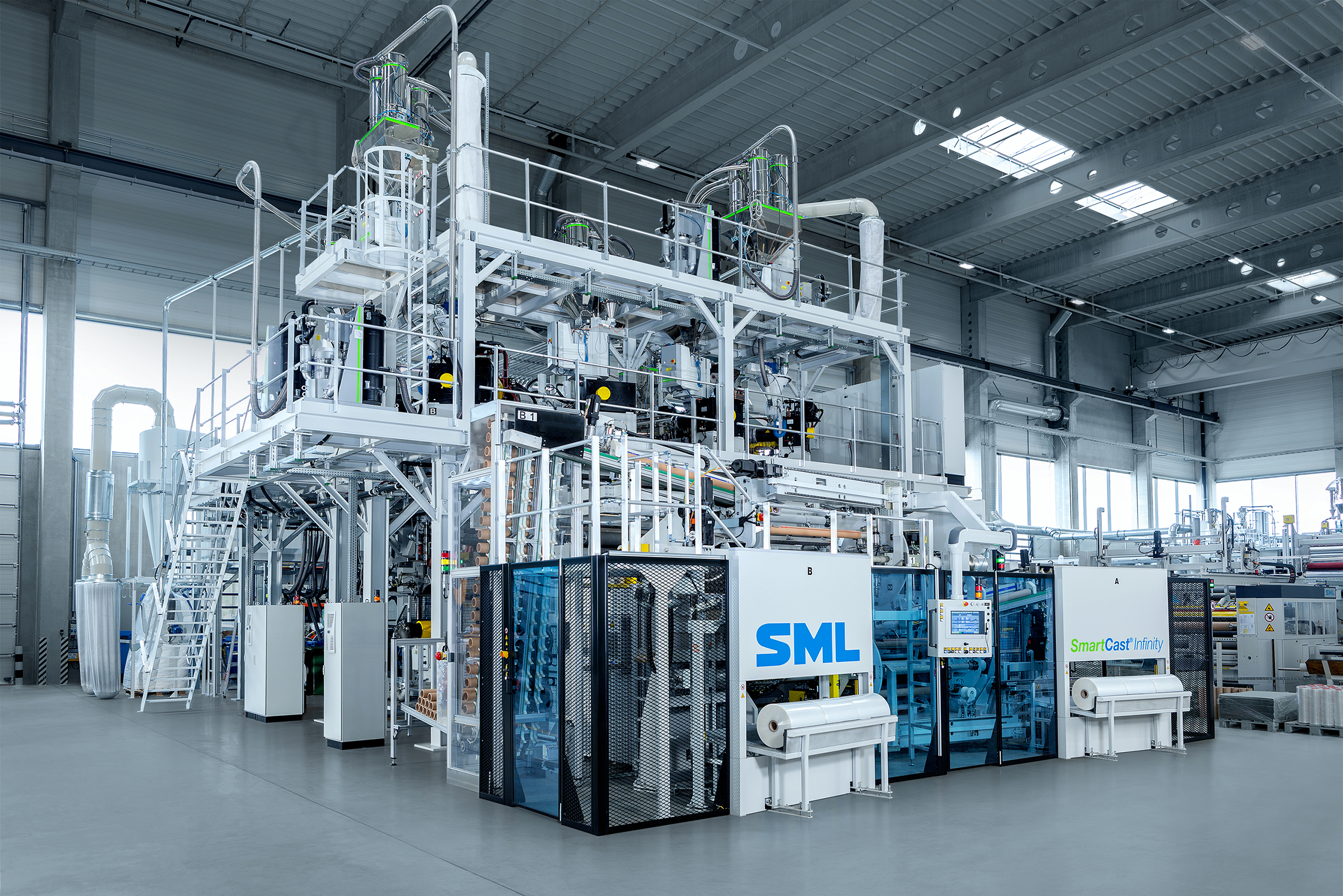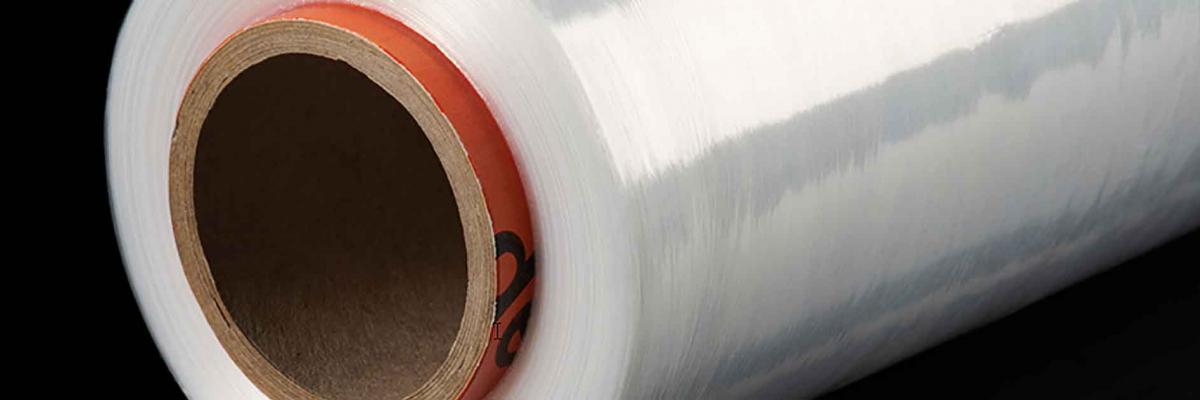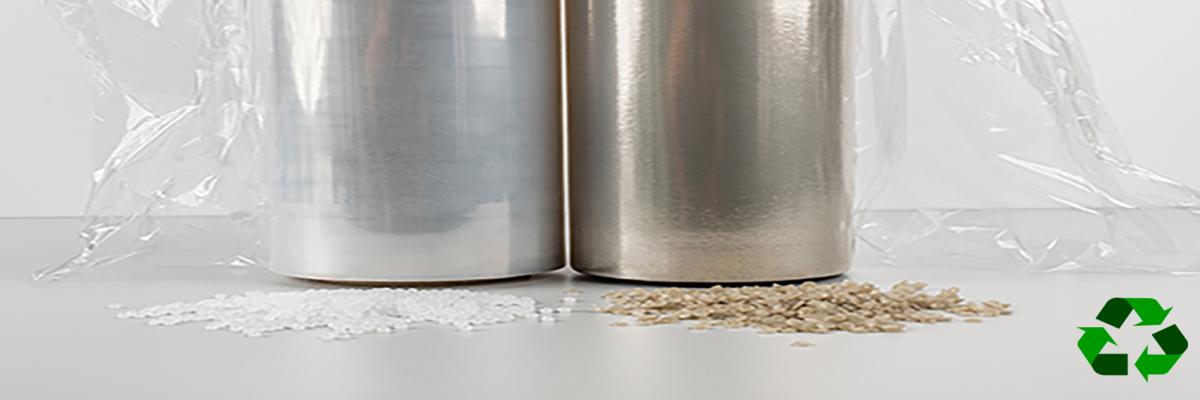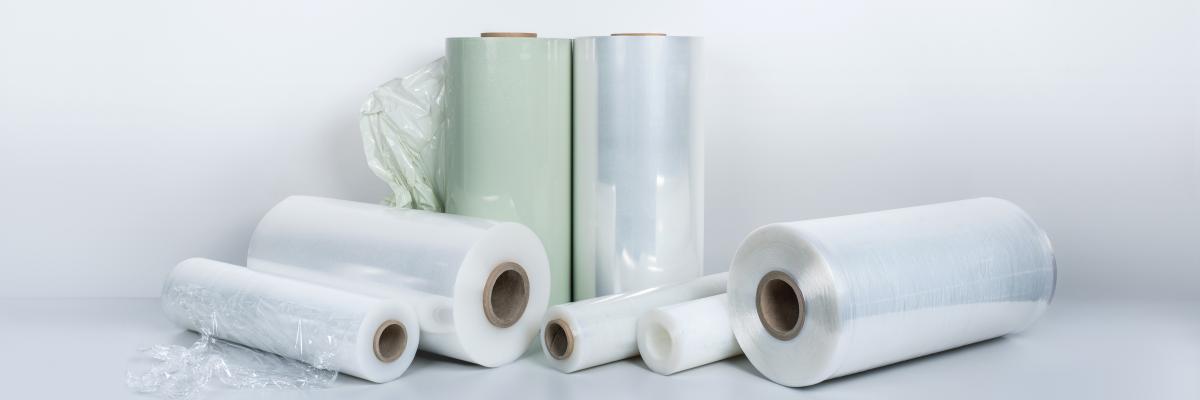Breadcrumb
Trim Management at stretch film production - What is the best solution?
Customer requirements with regard to production flexibility and consistent film quality are increasingly gaining importance in stretch film production. These demands often raise the question about the optimum trim handling system. To find the best solutions to recover edge trims and bleed trims, SML has conducted long-term trials on its SmartCast® Infinity stretch film line. The trials were focused on ultimate, puncture and tear propagation – and delivered remarkable results.
“For trim handling and refeeding in stretch film production, there are two main options,” Thomas Rauscher, Product Manager at SML, explains: 1) grinding in a mill and refeeding of fluff and 2) re-granulating in a recycling unit and refeeding of pellets. For the trials, SML added a third test series with no trim refeeding at all. This is not considered as a solution for commercial production, but it helped to get a better overall comparison.
Quality vs. efficiency
For most stretch film manufacturers, the key question is: “What is the best solution with regard to film quality?” Up to now, it was generally believed that no trim at all would be the best but most expensive solution. This was followed by fluff refeeding, and re-pelletising as the solution with the highest impact on film quality. No trim means that there is no influence on the quality of the film via the trim, and thus the maximum potential of the virgin raw material can be utilised. Fluff refeeding via a grinder happens fully automatically and uses less energy, while using a re-pelletising unit means a high flexibility in terms of the edge trim size, volume and trim refeed time.
Changed technical preconditions?
“Our initial question when starting our trials was whether these general assumptions were still valid with regard to the technical progress in that area,” SML product manager Thomas Rauscher explains. The trials were conducted on a production-scale SmartCast® Infinity line which was equipped with both trim re-processing systems: fluff refeeding via a grinder and an extrusion re-pelletising unit. The change-over from one system to the other can be achieved in a couple of minutes. Processing with no trim at all was, of course, also possible on that line. For the trials, two types of products with two different thicknesses were manufactured on each system, which finally led to 12 different products. Each of them was investigated for 48 hours.
100 % comparability
Every six hours, samples have been extracted, measured and analysed, with a focus on the three major parameters: “Ultimate”, “Puncture” and “Tear Propagation”. “It is important to mention that we run every trial at 100 % the same conditions, especially with regard to the melt filtration. In the past, melt filtration had to be frequently increased at the refeeding of fluff or re-pelletised material. On our SmartCast® Infinity we just used 100 mesh filters for all of the tests, which is quite low in this area and a very important aspect with regard to the results we have achieved!” SML product manager, Thomas Rauscher, explains.

Key result: almost similar quality at all three solutions
The key finding of the test-series is that all three solutions show very similar results on SML’s SmartCast® Infinity line: The difference between the options with regard to the parameter “Ultimate” was less than 3 %. Also with regard to the parameter “Tear Propagation”, the variation was only 5 %, while “Puncture Resistance” is in the same range as well at approx. 3,5 %. “As a conclusion we are able to answer: There is not any significant difference between the three options. Therefore, nowadays every manufacturer can choose his ‘right solution’ without compromising the film quality,” Thomas Rauscher concludes.
Redlham, 11.01.2022



